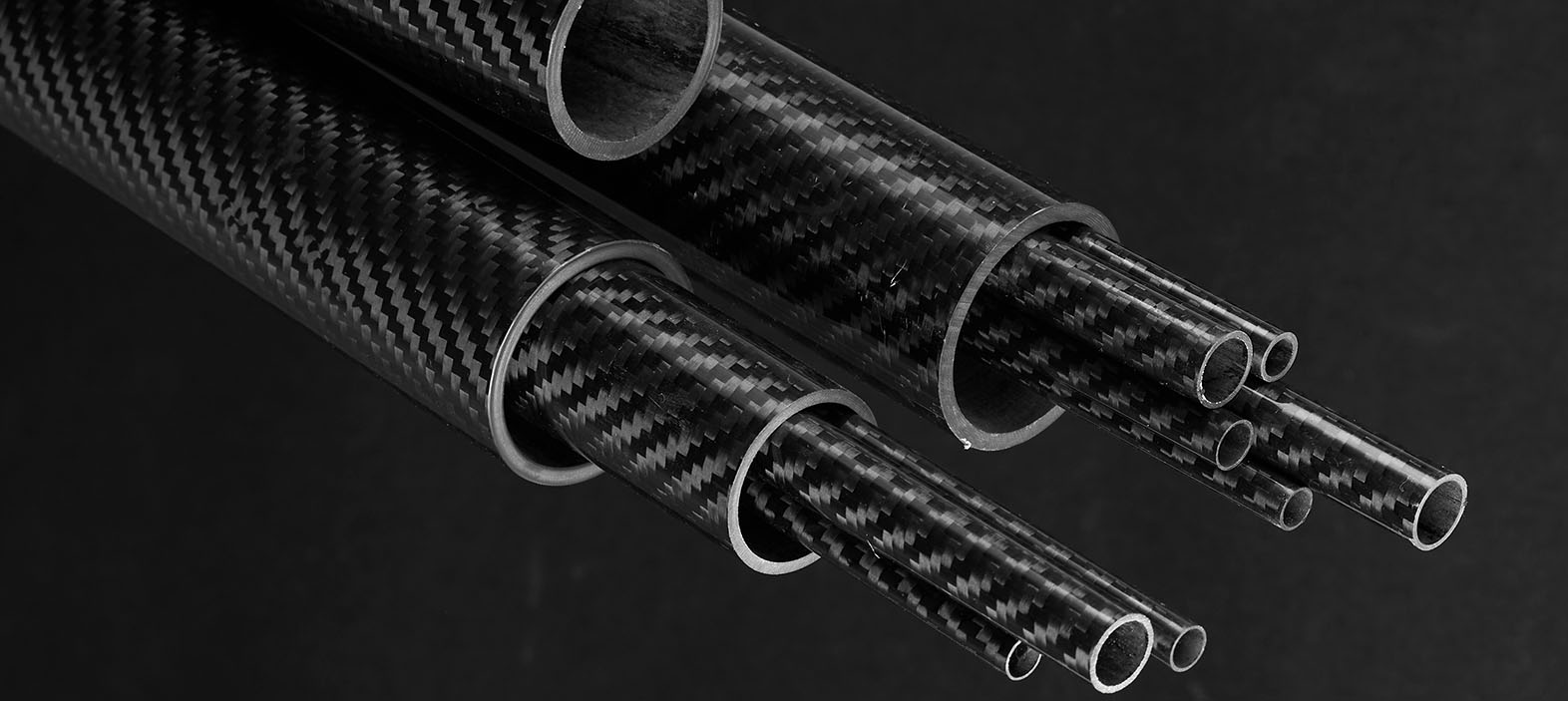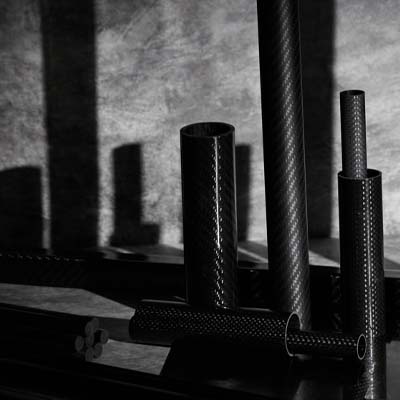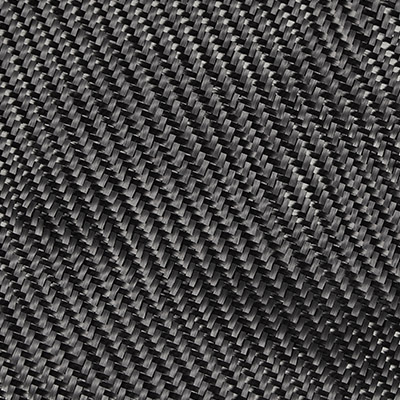
Carbon Fiber Tubes: Advantages, Disadvantages, and Applications
👁 Reads: 343
Carbon fiber tubes have gained widespread popularity across industries due to their impressive properties, offering an excellent balance between strength, weight, and durability. The main keyword for today, "carbon fiber tubes," refers to hollow cylindrical structures made from carbon fibers embedded in a resin matrix. This blog dives into the advantages, disadvantages, and applications of carbon fiber tubes, exploring the types and their applications.
What are Carbon Fiber Tubes and How are they Manufactured?
Carbon fiber tubes are light in weight exhibiting outstanding strength, durability and rigidity. The composite material delivers excellent tensile strength characteristics, replacing traditional materials in various applications. Manufactured by two state-of-the-art technologies— carbon fiber prepreg tubes and carbon fiber pultruded tubes are two different types of products that have unique applications. The composite tubes are made in customized shapes and different dimensions- lengths, widths and even square designs. They are also available in a wide range of finishes- matte, glossy and sanded in plain, twill and unidirectional carbon fiber.
Carbon fiber prepreg tubes are constructed using multiple layups of multi-directional and/or uni-directional prepregs. In the pultrusion process of fabrication of carbon fiber tubing the continuous pulling of carbon fiber composites is mixed with resin matrix through heated forming dies to create tubes with unidirectional properties.
Advantages of Carbon Fiber Tubes
- Lightweight and Strong: One of the most notable advantages of carbon fiber tubes is their lightweight nature combined with incredible strength. These tubes offer strength comparable to metals like steel but are significantly lighter, which makes them ideal for applications where weight reduction is crucial.
- High Stiffness and Rigidity: Carbon fiber tubes provide superior stiffness and rigidity. This property makes them perfect for applications requiring high stability, as they maintain shape even under stress. Carbon fiber prepreg tubes, which are pre-impregnated with resin, deliver precise stiffness and are used in high-performance applications, such as aerospace and sports equipment.
- Corrosion Resistance: Unlike metals, carbon fiber tubes resist corrosion, making them suitable for use in environments prone to chemical exposure or moisture. For example, carbon fiber pipes in chemical industries and marine environments outperform metallic counterparts by withstanding corrosive elements.
- Thermal Stability: Carbon fiber tubes exhibit stable thermal performance, meaning they remain functional across a wide temperature range. This property benefits applications in aerospace and automotive industries where extreme temperatures are common.
- Low Thermal Expansion: The low thermal expansion of carbon fiber tubes reduces the likelihood of shape distortion when exposed to temperature changes. This characteristic is particularly advantageous in applications where high precision is required, such as in telescopic devices and robotics.
Disadvantages of Carbon Fiber Tubes
- High Cost: The production process of carbon fiber tubes is costly due to the materials and labor-intensive manufacturing techniques. Carbon fiber prepreg tubes, for example, are meticulously crafted and can cost more than standard materials, making them an investment only suitable for specific applications.
- Brittleness: While carbon fiber tubes are robust, they tend to be brittle compared to metals. This brittleness means they are prone to cracking or fracturing upon high-impact collisions, making them less suited to applications where impact resistance is crucial.
- Complex Repair Process: Repairing carbon fiber tubes is complex and often requires specialized techniques, which can add to maintenance costs. For instance, carbon fiber pultruded tubes, which are manufactured through a pultrusion process, can be challenging to repair without compromising their structural integrity.
- Environmental Concerns: The production and disposal of carbon fiber tubes can have environmental impacts. Manufacturing carbon fiber components requires high energy, and recycling them is challenging, posing environmental sustainability concerns.
Applications of Carbon Fiber Tubes
- Aerospace and Defense: Carbon fiber tubes are widely used in the aerospace and defense sectors due to their high strength-to-weight ratio and rigidity. Components like wings, fuselages, and support structures benefit from lightweight yet strong carbon fiber prepreg tubes, enhancing aircraft performance and fuel efficiency.
- Sports and Recreation: Carbon fiber tubes are popular in sporting goods like golf clubs, fishing rods, bicycles, and hockey sticks. The tubes’ lightweight and strength allow athletes to maneuver with agility while maintaining durability. Carbon fiber pultruded tubes, known for their consistency and strength, are often used in these applications for optimal performance.
- Automotive Industry: The automotive industry integrates carbon fiber pipes and tubes into vehicle frames and parts to reduce weight and improve fuel efficiency. High-performance vehicles utilize these tubes to reduce overall weight, enhancing speed and handling.
- Industrial Equipment and Robotics: Carbon fiber tubes are utilized in robotics and industrial equipment for their high stiffness and lightweight properties. The stability of these tubes makes them perfect for constructing robotic arms and precision equipment where control and weight are critical.
Carbon fiber tubes offer a unique combination of lightweight, strength, and rigidity, making them valuable across industries. However, they come with disadvantages, such as high costs and brittleness. As technology advances, we can expect continued innovations in carbon fiber tubes, such as carbon fiber prepreg tubes and pultruded varieties, expanding their applications and enhancing their benefits. Whether for aerospace, automotive, sports, or industrial applications, carbon fiber tubes remain a critical component in modern engineering.





